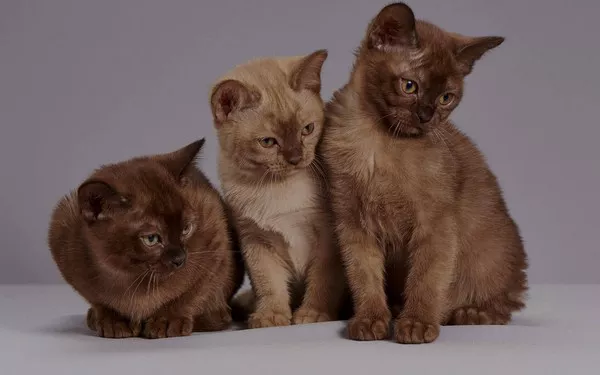The Burmese cat, with its distinctive sleek appearance and affectionate demeanor, has become a popular choice among cat enthusiasts. As prospective cat owners explore the possibility of bringing a Burmese cat into their homes, one crucial question arises: how much does a Burmese cat cost? In this article, we delve into the various factors that influence the price of a Burmese cat, shedding light on the considerations that contribute to the variation in their price range.
The Burmese Cat Breed: A Brief Overview
Before delving into the cost, it’s essential to understand the characteristics that make the Burmese cat unique. Known for their strikingly smooth, short coats, large expressive eyes, and distinctive coloration, Burmese cats are a breed that originated in Southeast Asia. Renowned for their sociable nature and vocal tendencies, these cats make excellent companions for those seeking a feline friend with a lively personality.
1. Breeder Reputation
One of the primary factors influencing the cost of a Burmese cat is the reputation of the breeder. Reputable breeders who prioritize the health and well-being of their cats often invest in proper breeding practices, veterinary care, and socialization. Consequently, Burmese cats from well-regarded breeders may command a higher price due to the assurance of quality and responsible breeding practices.
2. Pedigree and Bloodline
The pedigree and bloodline of a Burmese cat play a pivotal role in determining its price. Cats with pedigrees that boast champions or have a distinguished lineage may be more expensive. The heritage of the cat, including its ancestry and lineage, contributes to its overall value within the breeding community.
3. Coat Color and Pattern
The coat color and pattern of a Burmese cat significantly impact its price. While traditional Burmese cats are known for their sable coats, there are variations in color, such as champagne and blue. Uncommon or rare color variations may result in a higher price tag, as they are often more sought after by enthusiasts and collectors.
4. Age of the Cat
The age of the Burmese cat is another factor to consider when determining its cost. Kittens are generally priced higher than adult cats, reflecting the time, effort, and resources invested in their early care. However, older cats with specific qualities, such as exceptional breeding potential or show-worthy attributes, may also command a higher price.
5. Show Quality
Burmese cats that exhibit traits conforming to breed standards and have the potential for success in cat shows are often considered “show quality.” Such cats, possessing desirable physical characteristics and temperaments, can be more expensive than those intended solely for companionship. The prospect of owning a cat with show potential adds an additional layer to the overall cost.
6. Health Certifications and Vaccinations
Responsible breeders prioritize the health and well-being of their cats, ensuring that they are vaccinated and free from common feline health issues. The inclusion of health certifications, veterinary records, and vaccinations can contribute to a higher price for Burmese cats. Buyers often view these documents as assurances of a cat’s overall well-being and the breeder’s commitment to responsible practices.
7. Geographic Location
The cost of a Burmese cat can also vary based on geographic location. In areas where the demand for specific breeds is higher, prices may be elevated. Additionally, transportation costs for the cat, if it needs to be shipped to a different location, can impact the overall expense.
8. Inclusions in the Purchase
What’s included in the purchase of a Burmese cat can influence the overall cost. Reputable breeders may include spaying or neutering, microchipping, initial vaccinations, and a starter kit with food and other essentials. These inclusions can add significant value to the purchase and may justify a higher upfront cost.
9. Availability and Demand
The basic economic principle of supply and demand also plays a role in determining the price of Burmese cats. If there is high demand for a specific color, pattern, or age group of Burmese cats and a limited supply, prices are likely to rise. Conversely, if there is a surplus of Burmese cats with similar characteristics, prices may be more competitive.
Conclusion
In conclusion, the price of a Burmese cat is influenced by a multitude of factors, each contributing to the overall cost. Prospective cat owners should carefully consider their preferences, budget, and the traits they seek in a feline companion before making a purchase. Whether it’s the breeder’s reputation, the cat’s pedigree, coat color, or age, understanding these factors can empower individuals to make informed decisions when acquiring a Burmese cat.
As with any pet, the investment in a Burmese cat goes beyond the initial cost, encompassing a commitment to providing a loving and caring home for these charming and sociable feline companions.
Related Topics:
How much should you feed a burmese cat?
What do burmese cat symbolize?
Do Burmese Cat Fur Change Color? Unraveling the Mysteries


























